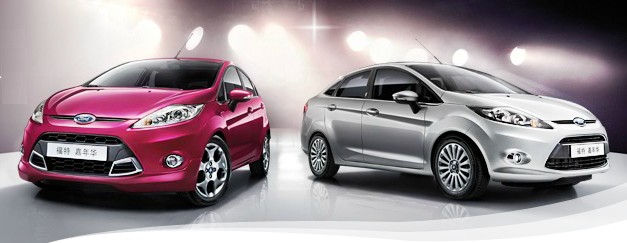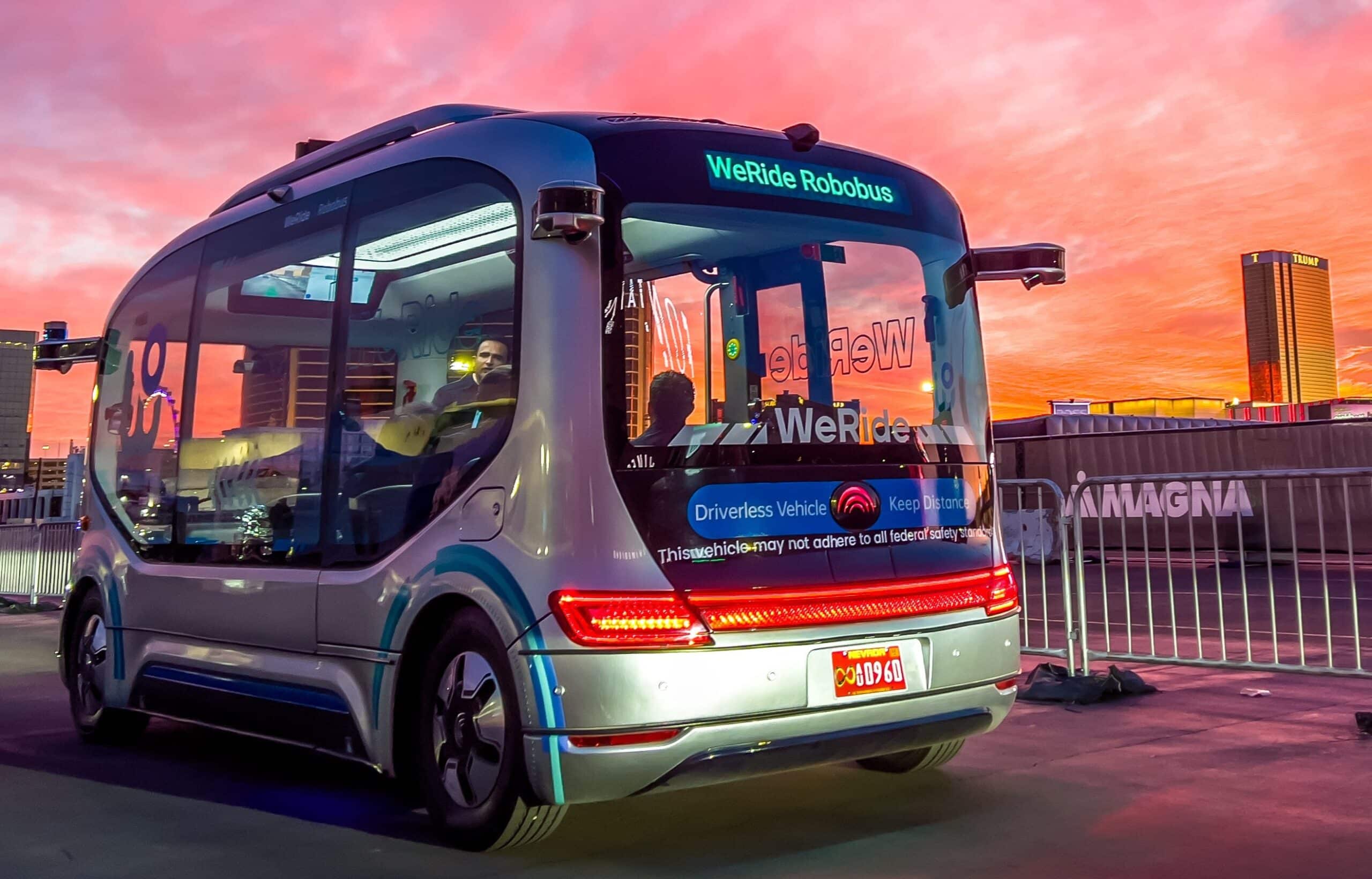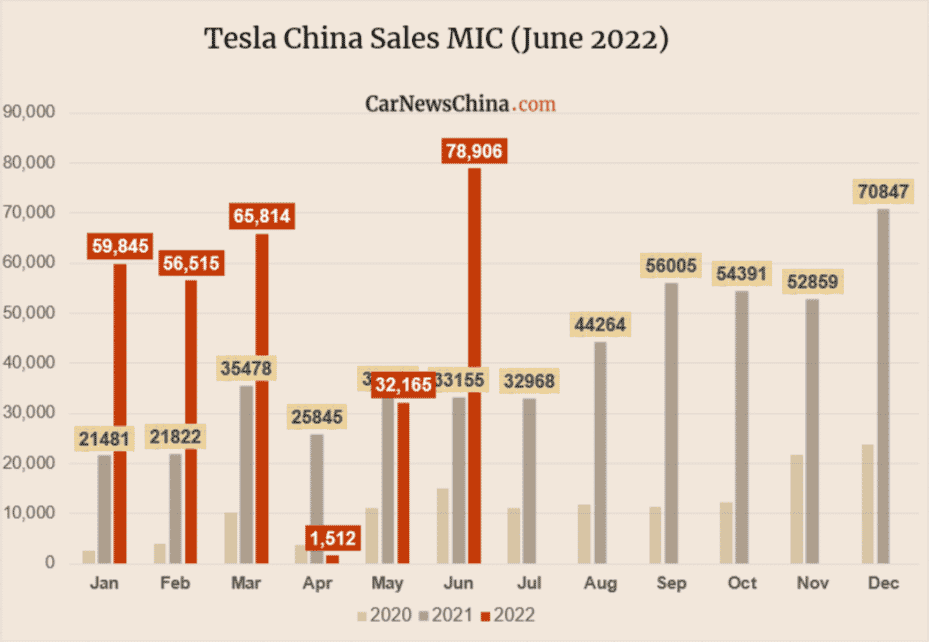Instead of bringing in Lincolns and Mustangs as soon as possible to cash in on the ever growing group of wealthy Chinese car buyers Ford has decided to go for cheap cars in the countryside, where China’s local car makers rule like the emperor. Not easy… Reuters reports:
[] Joe Hinrichs, chief of Ford’s Asian operations, has a solution for the automaker’s minnow status in China: Sell cheap cars in China’s backwaters. “If you want to become a volume leader in the world, you’ll have to compete at the lower price points because that’s where the growth is”.
Mr. Hinrichs, who oversees Ford operations in Asia and Africa region, said over lunch at Morton’s in Shanghai last week.
“In China, we decided — and you can debate the intelligence of that decision — not to offer a full range of products. That’s something we’re changing.”
For now, Ford’s offerings in China are neither cheap enough nor extensive. The Fiesta subcompact, the lowest-priced of the automaker’s five models, costs 40% more than General Motor Co.’s entry-level Chevrolet Sail. Volkswagen, Europe’s largest carmaker, has a product lineup that ranges from the $12,000 Jetta to the $363,000 Audi R8 sports car.
Gaining ground in China would help Ford reduce its reliance on U.S. sales, which unexpectedly fell last month, and blunt European losses projected to exceed $1 billion this year.
With GM and VW pushing into the Chinese hinterland in search of the next phase of growth, Ford CEO Alan Mulally has committed almost $5 billion to build new factories and introduce new models in Asia. Mr. Mulally’s goal: to raise Asian sales almost fivefold to generate a third of Ford’s global sales by 2020.
Introducing lower-priced models in China marks a shift in strategy for Ford. Historically the company has offered products at the higher end of its price segment, said Mr. Hinrichs, who took the Asian job after stints in labor affairs and manufacturing.
In 2010, the company introduced the Figo hatchback in India, helping Ford to nearly triple deliveries the year it went on sale. In China, less-developed inland cities hold the key to future sales growth, Mr. Hinrichs said.
Vehicle sales in China, including trucks and buses, are projected to rise 5% to 8% this year to 20 million units, according to the China Association of Automobile Manufacturers, despite the slowest economic growth in three years. While that’s slower than China’s sales growth of 46%in 2009 and 32% in 2010, China remains the most attractive market, a trend that’s unlikely to change for years, Mr. Hinrichs said.
Ford’s newfound commitment to expand in China may prove too late to dislodge GM and VW as the automotive brands of choice, said industry analyst Klaus Paur.
When Ford first pushed into China in 2002, it was losing money at home and had started a wrenching restructuring. The company arrived in China nearly a decade behind GM, which had formed a crucial partnership with Shanghai Automotive Industry Corp. in 1995. Volkswagen built its first car in China in 1985.
The first-mover advantage shows. This year, VW accounted for five of the 10 top-selling passenger models, while GM had three. The Ford Focus ranked eighth by sales, according to auto association data. Ford had a 2.4% share of the country’s light-vehicle market, compared with 19% for VW and 10% for GM — not counting sales of GM’s microvan, according to LMC Automotive.
“This is the story of Ford,” said Mr. Paur, Shanghai-based global head of automotive at researcher Ipsos. “They are slower and less aggressive than their competitors in bringing new cars into the market.”
To address that gap, Ford is building an assembly plant in Hangzhou, slated for completion in 201, that will double Ford’s output in the country to 1.2 million vehicles annually. Expanded production in China is crucial because locally-built autos are exempt from import duties that can add more than 25% to the price tag.
Ford also will add three SUVs to its China lineup to cater to more upscale demand, Mr. Hinrichs said. SUVs are the fastest growing vehicle segment in China, with first-half sales gaining 32% vs. 7% for total passenger-vehicle deliveries.
The carmaker has no plans at present to bring its premium Lincoln brand to China, where it would compete against leaders Audi, BMW and Mercedes-Benz.
Ford’s bid to catch up in China will be aided by the public’s lack of brand loyalty, since a majority of buyers are purchasing a vehicle for the first time, says Jochen Siebert, managing director at JSC (Shanghai) Automotive Consulting Co.
“They are on the right track, going into the right segments, doing the right things,” said Mr. Siebert, who predicts Ford’s sales will almost triple in China to 1.1 million vehicles by 2018. “The new products will change the way people look at Ford.”
Mr. Hinrichs, touted as an internal contender to succeed Mr. Mulally as CEO, recognizes that the expansion plan will take several years to bear fruit. Reminders that China is one of the most competitive markets are also never far away.
“There’s no home run in this,” said Mr. Hinrichs, who is chauffeured in Shanghai in a Lincoln Navigator SUV. “I look out the window and there will be brands I don’t recognize. I’ll ask my driver but sometimes he also doesn’t know.” []
Via: Reuters.




